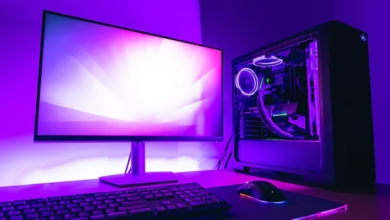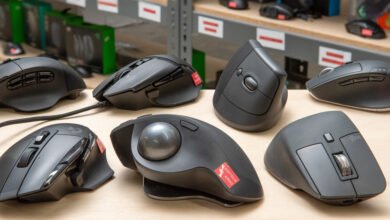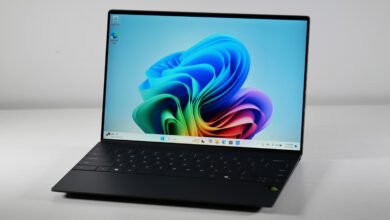Singer Sewing Machine: A Timeless Tool for Every Generation
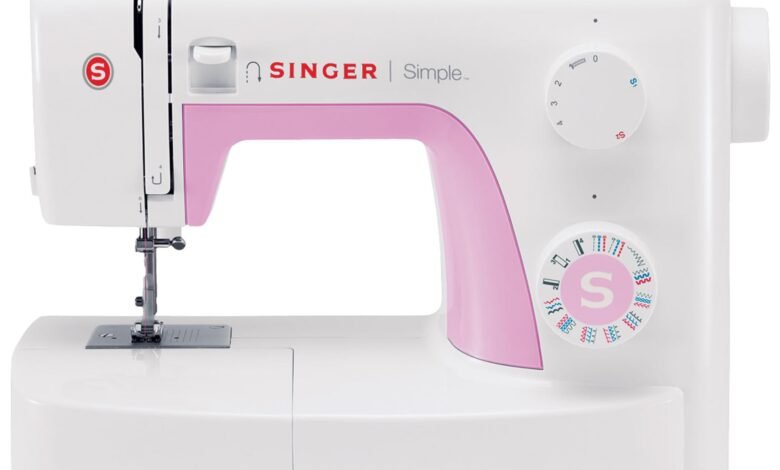
When it comes to sewing machines, one name that has stood the test of time is Singer. From humble beginnings to global recognition, the Singer sewing machine has become a staple in homes, schools, and tailor shops all over the world. Whether you’re a beginner just learning to stitch or a seasoned sewer creating custom garments, chances are you’ve either used or heard of a Singer machine.
In this article, we’re going to dive into the world of Singer sewing machines—where they come from, why they’re so beloved, and how they continue to innovate while staying true to their legacy.
A Brief History of Singer Sewing Machines
The Singer brand dates all the way back to 1851, when Isaac Merritt Singer patented the first practical sewing machine. While he didn’t invent the sewing machine itself, Singer made it faster, more efficient, and most importantly, usable in a home setting. That was a game changer.
Singer Sewing Machine the original machines were operated by a foot treadle—no electricity, no fancy buttons, just a mechanical marvel that brought the world of textile production into everyday households. The concept was revolutionary: instead of hand-sewing everything, which was tedious and time-consuming, families could now stitch clothes and household items in a fraction of the time.
By the late 1800s, Singer Sewing Machine had become a household name, with manufacturing plants across the U.S. and Europe. Their machines were known not only for performance but also for durability. Many vintage Singer machines from over a century ago are still functional today—and that says a lot.
Why the Singer Brand Still Stands Strong
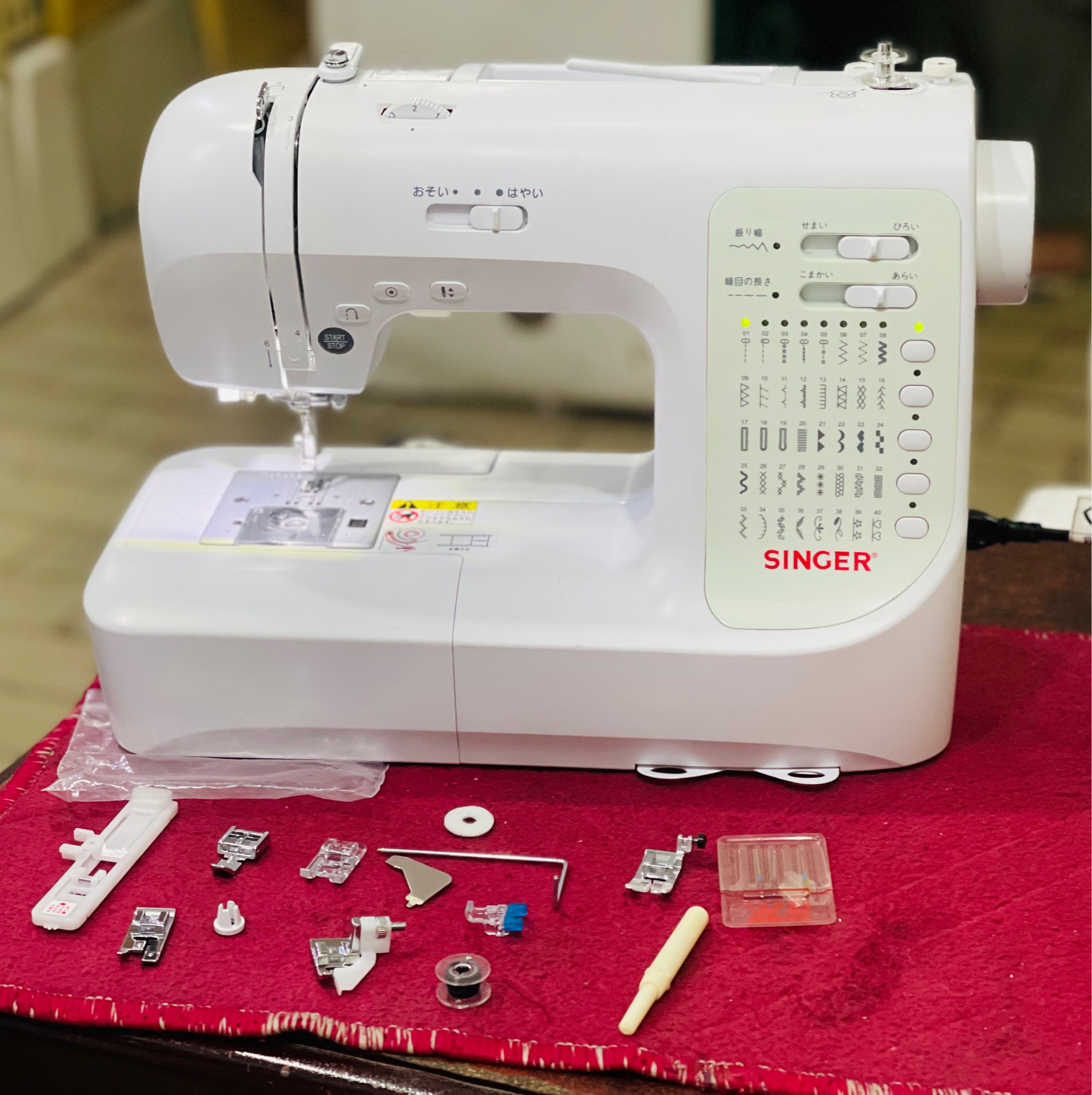
In an era where tech changes overnight, it’s rare to find a brand Singer Sewing Machine that has remained relevant for over 170 years. But Singer has managed to do just that. So what’s the secret sauce?
First, reliability. Singer machines are built to last. Whether you buy a basic model or a computerized one, you’re investing in a product designed for heavy use. The company doesn’t cut corners when it comes to materials, and that reflects in user experience.
Second, usability. Singer sewing machine has always prioritized ease of use, especially for beginners. Their entry-level models are intuitive, often featuring simple dials and automatic features like needle threading and bobbin winding. For someone new to sewing, this reduces the learning curve dramatically.
Lastly, innovation without overcomplication. Singer has embraced modern tech—offering computerized machines, touchscreens, and programmable stitch patterns—but they don’t overwhelm users with unnecessary bells and whistles. Their machines balance tech with tradition beautifully.
Types of Singer Sewing Machines Available Today
If you’ve taken a stroll down the sewing machine aisle or browsed online, you’ve probably noticed that Singer has a wide range of models. There’s literally something for everyone.
1. Mechanical Sewing Machines
These are the classic workhorses. Simple, no-frills machines that do the basics really well—straight stitches, zig-zags, buttonholes, and maybe a few decorative stitches. Models like the Singer M1500 or Tradition 2277 are great for hobbyists or those who just want something straightforward.
Mechanical models are usually more affordable and very easy to maintain. There are fewer things that can go wrong electronically, which is a huge plus for many users. And because they’re so sturdy, they’re often passed down from generation to generation.
2. Computerized Sewing Machines
For those who want more options and flexibility, Singer offers a range of computerized machines. These come with programmable stitch patterns, automatic tension adjustment, and even LCD displays. Models like the Singer Quantum Stylist 9960 or Confidence 7640 are popular among intermediate and advanced users.
What’s great about these machines is the variety. You can select from hundreds of stitch patterns, save your favorite settings, and even work on more complex projects like quilting or embroidery. They bring precision and creativity together in one neat package.
3. Heavy-Duty Sewing Machines
If you’re working with denim, leather, or multiple layers of fabric, you need something tougher. That’s where Singer’s heavy-duty models come in. Machines like the Heavy Duty 4452 or HD6800C are built with stronger motors and can handle just about anything you throw at them.
These machines are especially popular with small business owners, upholstery workers, and serious home sewers who need consistent performance. They’re fast, powerful, and versatile—perfect for both functional and decorative work.
Features That Set Singer Machines Apart
Every sewing machine has its perks, but Singer adds little details that make sewing more enjoyable and less frustrating.
1. Automatic Needle Threader
Let’s be honest—threading a needle can be a real pain, especially if you’ve been at it for hours or don’t have perfect eyesight. Singer machines often come with an automatic needle threader, which takes the hassle out of getting started. One push of a lever, and you’re good to go.
2. Drop-in Bobbins
Gone are the days of fishing around for bobbin cases. Most modern Singer models feature a top drop-in bobbin system, which is both easy to load and see-through. This means you can keep an eye on your thread supply and reload with ease.
3. Adjustable Presser Foot Pressure
This feature is a game changer when sewing different types of fabric. Singer Sewing Machine lightweight fabrics need gentle pressure, while thicker ones require more. Being able to adjust this setting gives you cleaner stitches and fewer headaches.
4. Built-in Stitches and Buttonhole Functions
Even the basic Singer machines come with several built-in stitches, including decorative ones. And most have a 1-step buttonhole function, which simplifies Singer Sewing Machine what used to be a complex process. Just pop your button into the buttonhole foot, and the machine takes care of the rest.
Tips for Choosing the Right Singer Sewing Machine
Not sure which model to go for? You’re not alone. With so many choices, it can be tough to pick the one that fits your needs best.
Start by asking yourself: What will I be using the machine for? If it’s just basic repairs and alterations, a mechanical model is more than enough. If you’re diving into crafting, quilting, or want room to grow, consider a computerized version.
Also, consider how often you’ll use it. If you’re sewing a few times a month, you don’t need a top-of-the-line machine. But if you’re running a side business or sewing daily, go for something durable and feature-rich.
Finally, don’t ignore the accessories and attachments. Singer machines often come with presser feet, bobbins, and other useful tools that can make or break your experience. Always check what’s included in the box.
Final Thoughts: Is a Singer Sewing Machine Worth It?
Absolutely. Singer has earned its reputation by consistently delivering machines that are reliable, affordable, and easy to use. Whether you’re just starting your sewing journey or have decades of experience, there’s a Singer model out there that’ll suit your needs perfectly.
The best part? Owning a Singer sewing machine isn’t just about the functionality—it’s about becoming part of a tradition that spans generations. From grandmothers passing on their trusty machines to children learning to sew for the first time, Singer continues to be a brand that inspires creativity and craftsmanship.
So if you’re thinking of investing in a sewing machine, you can’t go wrong with Singer. It’s more than just a brand—it’s a legacy.

